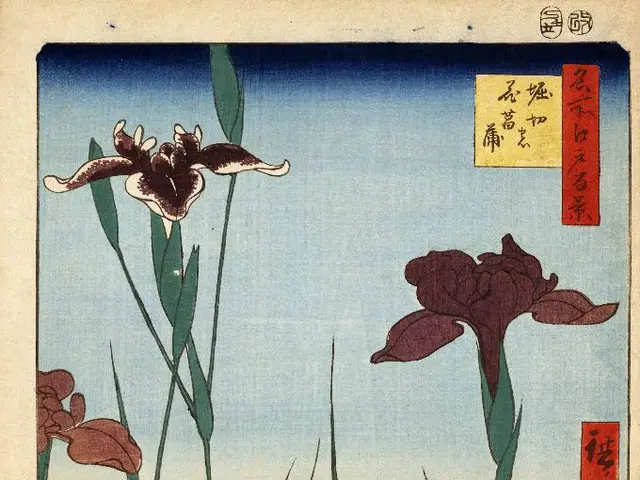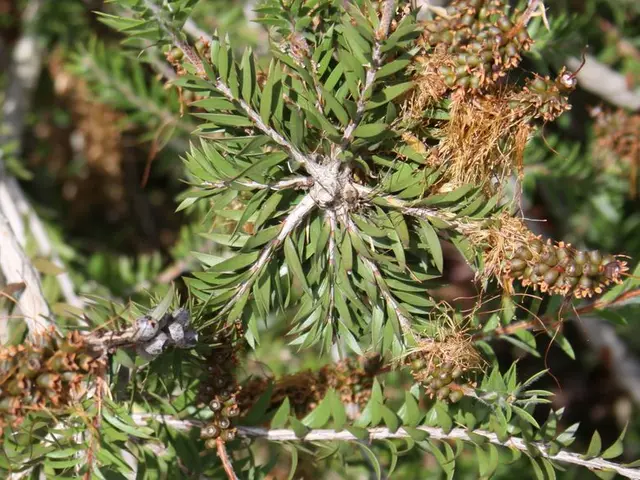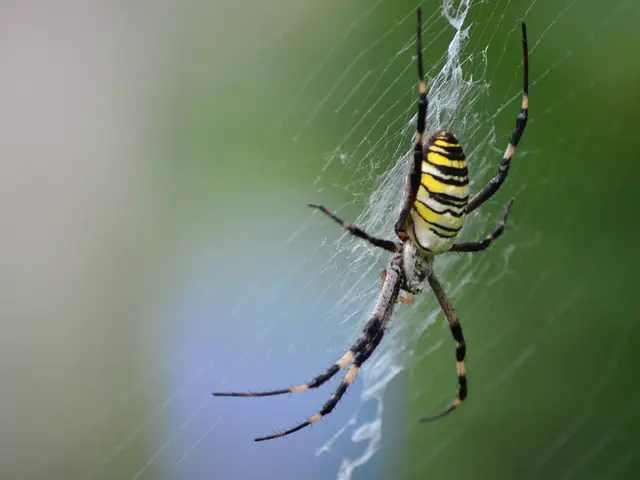Maintaining Warmth for Plants During Winter's Chill
Winter in the southern region can pose challenges for plant life. Temperature fluctuations, random freezes, and harsh winds can impact the health of your garden. Certain plants require additional protection to survive cold snaps. Don't wait for the weatherman's prediction of a freeze. Gain knowledge about maintaining plant warmth during winter and take proactive measures to prepare your garden early on.
Why Protection is Essential
Winter serves as a resting phase for many gardens, with several plants entering dormancy. Their tops may wither while their energy is stored beneath the ground. However, not all plants in a dormant state are immune to cold damage. Plants with shallow roots, including species like heuchera, astilbe, gaillardia, and strawberry, can be affected by soil heaving or uplift caused by frequent freeze-thaw cycles. This heaving can physically lift the shallow-rooted plants out of the ground, exposing their tender crowns to freezing temperatures.
Additionally, broadleaf evergreens, staples of Southern gardens, are especially sensitive to water loss during winter. Young, thin-barked trees, such as maples, are commonly damaged by the alternating cycles of freezing and thawing. Even well-adapted plants can suffer damage if they enter winter already stressed from drought. By planning ahead, you can help shield plants from various forms of winter damage.
Shielding Plant Roots
The foundation of winter garden protection is the protection of plants' life force: their roots. Apply an insulating, winter blanket of mulch, about 2-4 inches thick, surrounding trees, shrubs, and perennial beds. Mulch helps protect against moisture loss and maintains moderate soil temperatures during winter months. It also decreases issues related to heaving soil. While wood chips are a popular choice for mulch, lighter materials such as chopped leaves, pine needles, and straw are ideal for winter, as they do not compact easily. Make sure to leave a 6-inch gap free of mulch around tree and shrub trunks to prevent pest issues.
Watering and Moisture Management
Managing soil moisture is crucial when protecting plants in addition to broadleaf evergreens, such as hollies, camellias, and boxwoods. During winter, high winds and warm weather cause evaporation from the foliage, leading to water stress. If this moisture loss coincides with frozen ground, roots can't take up moisture to replace lost water. This results in browning or burning of leaves.
Monitor weather conditions and water plants during extended dry periods, or roughly one to two times a month. Water when temperatures are above 40°F and during mid-day to allow it enough time to soak in before possible nighttime freezing. Water thoroughly 24 hours before hard-freezing weather, if the soil is dry. Ensure that plants enter the dormant season in a healthy and vibrant state. Proper watering in autumn prepares landscape plants for winter.
Selecting Cold-Tolerant Plants
In the realm of football, they say the best defense is a good offense. For plants, a strong defense against cold weather involves selecting species that can withstand low temperatures. When purchasing plants, look for their USDA hardiness zone rating on tags or catalog descriptions. Avoid plants that are not hardy in your zone. For container plants, opt for species that are hardy to temperatures two zones colder than where you reside to ensure winter survival.
Insulating Techniques
While every effort is made to select plants acclimated to local climate, temperatures may fall within unforeseen limits. Pay close attention to weather forecasts, and be aware of sensitive plants in your garden.
During freezing temperatures, use blankets, towels, burlap, or other insulating materials to protect plants. Ensure the edges are anchored to the ground to prevent shifting. During sunny days, lift covers to prevent excessive heat buildup. Remove coverings once temperatures allow.
Young trees with thin bark, like maples and many fruit trees, are sensitive to alternating periods of freezing and thawing, which lead to cracking. Protect these trees with paper or plastic wrap during winter for the first two growing seasons. Remove warps in early spring before spring growth to avoid harming the trunk.
Providing Heat Sources
For severe freezes, consider using a heat source beneath the cover to further insulate plants. The safest method involves utilizing a heat sink, such as a jug filled with warm water or stones warmed by the sun. These materials gradually release heat during nighttime, keeping temperatures beneath the insulation blanket about 5°F warmer.
Outdoor Christmas lights (not LEDs) can also provide additional heat. Avoid using 60-watt bulbs, which may pose a fire hazard if they touch the plant cover. Instead, use strings of outdoor lighting, which emit heat without becoming too hot to damage plants or covers. Remove covers during the day to allow ventilation and prevent excess heat buildup from solar gain.
A particular segment of the terrain can exhibit distinct conditions differing from the broader surroundings, known as a microclimate. Utilizing these microclimates can prove beneficial for nurturing delicate plants. For instance, a south or west-facing brick or stone wall absorbs heat from the sun during the day, subsequently discharging it steadily throughout the night, maintaining a marginal temperature boost in its vicinity. Similar effects are observed in certain patios. Likewise, trees and their canopies curtail radiant heat loss from plants and soil, safeguarding those below with a protective shield.
Boxwoods and broadleaf evergreens thrive in microclimates sheltered from harsh winter winds. By placing them adjacent to hedges, fences, or windblocks, one can create an ideal microclimate for these plants. Alternatively, build a temporary windbreak by stretching burlap between two poles or over a lattice framework.
In terms of maintaining warmth for plants during the winter season, a degree of proactive preparations can yield significant results. Provide plants with an insulating cover by mulching and supplying water as necessary. It's essential to be familiar with the plant species within your landscape and recognize those that might require additional protection during freezing temperatures. Keep a stack of blankets handy to cater to these unexpected drops in temperature.
Was this information useful? We appreciate your comments! Please share your reasons with us!
In relation to the article, 'Seasonal Gardening' resources from SouthernLiving could provide valuable insights on how to care for shallow-rooted plants during winter to prevent soil heaving. Additionally, exploring Gardening Landscaping Ideas on their platform might offer suggestions for creating microclimates in the garden to protect sensitive plants. Implementing these Gardening Ideas could significantly enhance your winter garden protection strategy.
Furthermore, researching 'Caring For Your Garden' in detail during the off-season could help gardeners anticipate potential issues and prepare effective measures ahead of time. This knowledge, coupled with proper watering and moisture management, can go a long way in ensuring plants survive winter unscathed.








